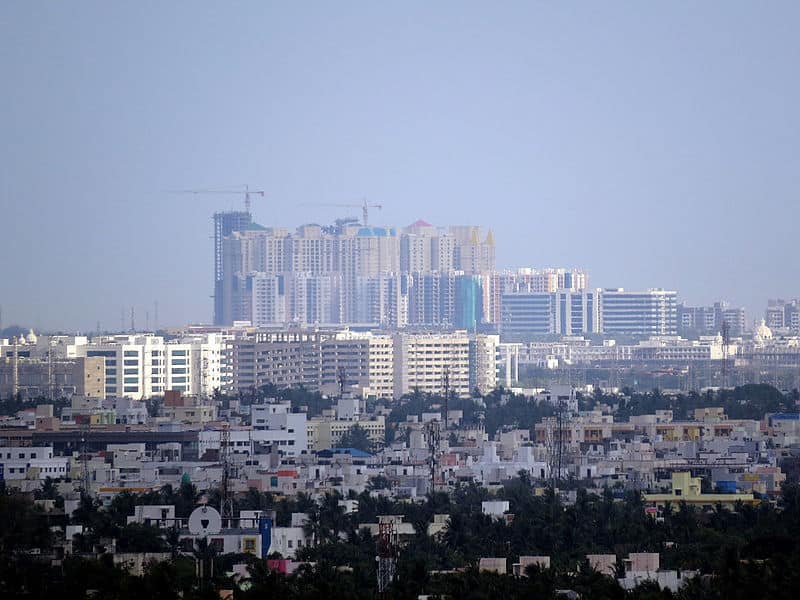Corporation shortlists 10 themes for Singara Chennai 2.0
With residents’ welfare associations sharing suggestions to transform the city under the Singara Chennai 2.0 project, the civic body has shortlisted 10 themes for the broad changes in store.
The corporation will be allocated Rs 300 crore and the Metrowater Rs 200 crore for executing the project. While a draft of the vision for the project has been prepared, a government order is awaited to go ahead with the work planned.
Residents have sent in their suggestions for revamp under the following themes: heritage and culture, beautification, education, cleanliness, greenery, wellness, safety, water security, smart civic solutions and tourism friendly aspects.
The civic body also plans to improve the public health aspect by focussing on solid waste disposal and providing access to clean and hygienic public toilets. The city has only 800 public toilets and the civic body plans to revamp the old ones and construct new facilities.
Source: The Hindu

Read more: Singara Chennai 2.0 plans raise citizen hopes
CMDA to inspect buildings for failing to install solar system
The Chennai Metropolitan Development Authority (CMDA) has identified over 770 new buildings built in the past three years in the Chennai Metropolitan Area (CMA) that have violated the rule of installation of solar devices. The agency has decided to audit the buildings and has warned of action against the violators.
As per the Tamil Nadu Combined Development and Building Rules, installation of solar photovoltaic panels is necessary to receive the building completion certificate from the CMDA. The rules mandate the installation of solar energy systems for all non-high rise buildings (ground + four floors or stilt + five floors) and high rise buildings (above non-high rise category) and those exceeding 16 dwelling units and 300 sq m for commercial structures in the CMA.
Source: The Times of India
Read more: Solar rooftop for your home in Chennai: Challenges and solutions
Two taxiways in Chennai Airport
To boost the operational capacity and ease current operations, the Chennai Airport has commissioned two new taxiways, namely Romeo and November. The Romeo taxiway runs parallel to the primary runway and the November taxiway runs parallel to the secondary runway.
The two taxiways will be used for aircrafts that touch down at the Guindy and Pallavaram ends of the runway and will reduce the distance between the planes landing and the ones that are slated for take off. The move will help the Airport manage more flights simultaneously.
Source: The New Indian Express
Tenders floated for SWD project
The Greater Chennai Corporation has floated online tenders as 43 packages for the construction of the missing link stormwater drain (SWD) project. The civic body has identified 144 stretches (45 kms) where the SWD links are absent. The project will cost Rs 120 crores and cover the core city areas.
According to the project plan, the civic body plans to demolish about 33 km of the old drain and construct new drains that run for a total length of 45 km.
Ahead of the monsoon, the corporation has begun desilting the SWDs that run for a length of 716 km, of which, desilting of 76 km has been completed.
Source: DT Next
[Compiled by Bhavani Prabhakar]